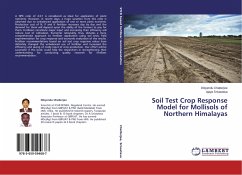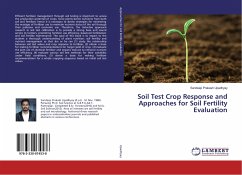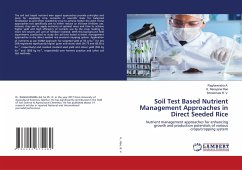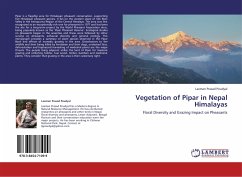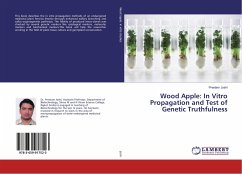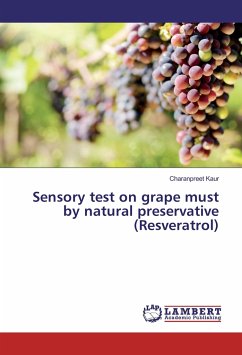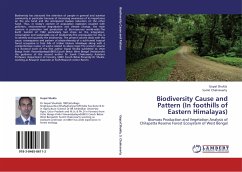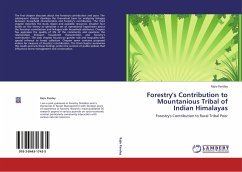A NPK ratio of 4:2:1 is considered as ideal for application of plant nutrients. However, in recent days, a huge variation from this ratio is observed due to unbalanced application of one or more plant nutrients. Production cost of N, P and K fertilizer increases day by day and the demand for them will depend upon the ability of the farmers to pay for them. Fertilizers constitute major input and increasing their efficiency will reduce cost of cultivation. Economic rationality, thus, dictates a more comprehensive approach to fertilizer application using soil tests, field experimentation for crop response and economic evaluation of the results. Fertilizer recommendations based on soil test crop response values have definitely changed the unbalanced use of fertilizer and increased the efficiency and saving of costly input of crop production. Our effort will be successful if this book could help the researchers in strengthening their understanding for conducting quality research for fertilizer recommendation.
Bitte wählen Sie Ihr Anliegen aus.
Rechnungen
Retourenschein anfordern
Bestellstatus
Storno

